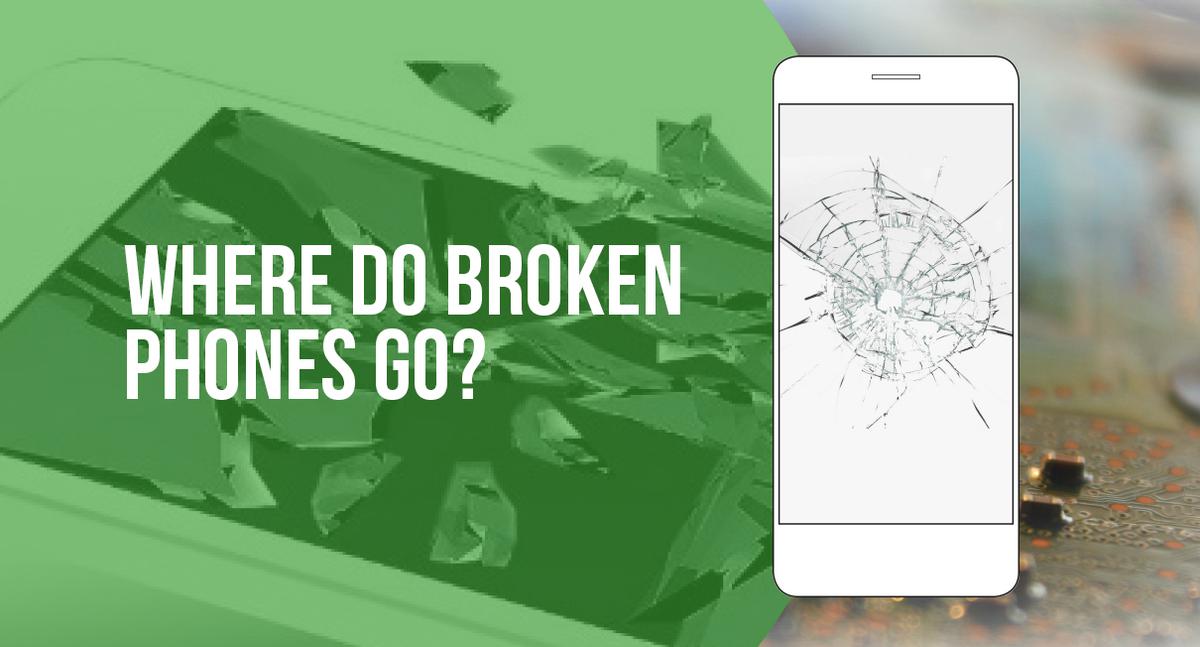We already talked about why you shouldn’t just chuck your unwanted smartphone into a trashcan in our September 2015 issue. If you didn’t catch that one, the TL;DR of it is that eWaste—either with or without human intervention—has a tendency of catching fire, creating fumes, undergoing chemical reactions, and poisoning our land and water supplies. But what happens to properly discarded gadgets?
Proper gadget disposal is done by dropping your device(s) off at the right venues. Your mall should have a special box where you can leave unwanted electronic items. If you got your phone through a telco or a store, you can usually trade it in for store credit or a discount on your next gadget. Defective devices can also be handed off at service centers or even directly to a recycler if that’s more convenient for you. Whatever the option may be, your phone will go through one of two processes: refurbishing or salvaging.
Refurbishing
A refurbished phone is one that has been used, returned, and repaired to good working condition. Because it is essentially just a second-hand phone, a refurbished unit costs much less than its brand new counterpart. Of course, the repairs done depend on how banged up the phone is. Minor issues such as slight wear and tear mean the unit will have most of its original parts intact, while major ones like dents, cracked screen, worn-down battery, or rusting necessitates a more thorough operation, with replacement parts being installed.
Refurbishing can be done by the manufacturers themselves or by independent retailers. The former comes at a higher price premium as factory-refurbished phones go through a rigorous process to ensure that they live up to the brand’s standards. Phones originating from this process also usually arrive bundled with the perks of a brand new one, including the box and its accessories, as well as a reasonably long warranty. The latter path involves enterprising and knowledgeable individuals who repair the phones themselves. Though quality will vary from seller to seller, units from them are usually more affordable, though they are usually sold standalone and with shorter warranties.
If the device can’t be given a new lease on life, then it’s off to the chopping block it goes.
Salvaging
As opposed to the dark, Filipinized definition of the word, to salvage a smartphone entails dismantling the whole package and recycling most, if not all of its components. First, a party deconstructs the phone, segregating screws, glass, steel, aluminum, plastic, cables, magnets, batteries, and what have you. For parts such as the motherboard, valuable metals such as gold, copper, iron, nickel, and platinum are further separated.
Afterwards, they are usually passed onto certified eWaste recycling plants for proper smelting, melting, and then reselling to manufacturers.
From there on, the scraps may end up as smartphones again, or they can end up as another thing altogether. It goes without saying that subjecting the pieces above to fire will create fumes and greenhouse gases so don’t try it at home. Besides, you need a whole bunch of them for the effort to be worth anything significant.
The International Data Corporation placed the phones shipped last year at 1,432,900,000—that’s one phone for every five people in the world. You can just imagine how many phones are being thrown out annually as a result. Smartphones are smart, but they’re not that advanced enough to disassemble and recycle themselves. They need their humans for that. Until that time comes when our pocket rockets are able to cleanly disintegrate on a whim, we’ll want to go through the proper avenues for eWaste disposal.
Also published in GADGETS MAGAZINE October 2016 Issue
Words by Chris Noel Hidalgo
